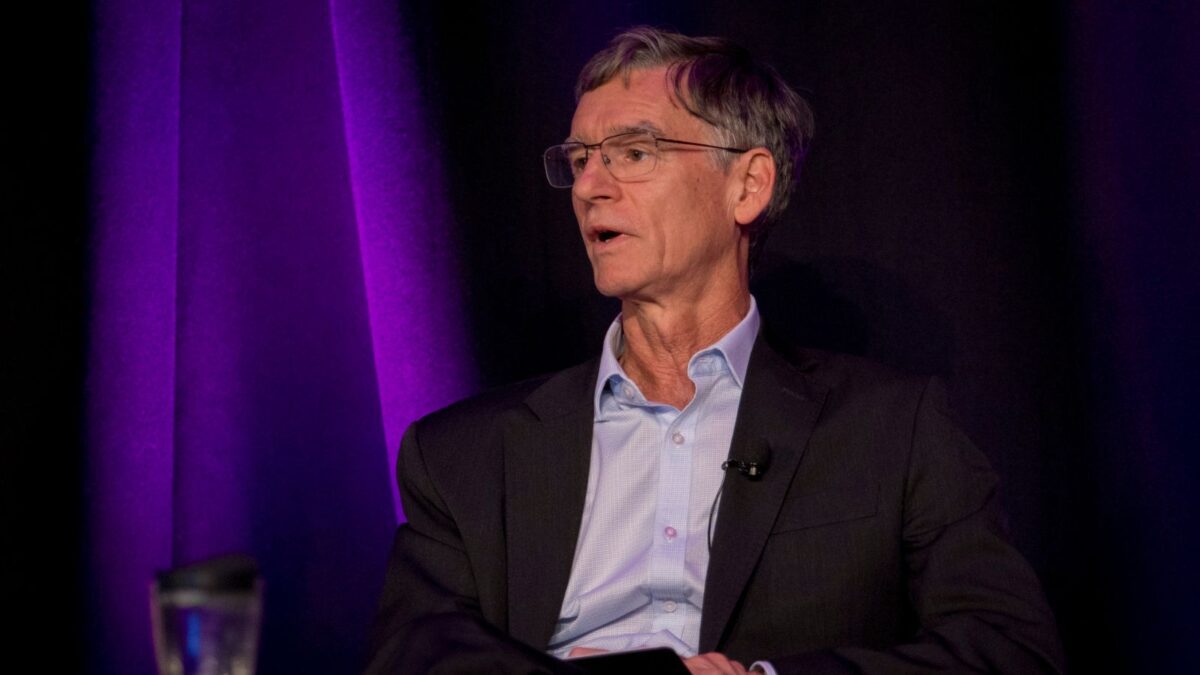The 2,400 ‘forgotten’ funds caught in independent directors law
by Greg Bright
The Government’s proposed requirement on big super funds to have at least one-third independent directors and an independent chair will have a knock-on effect in the SMSF and other small funds market. An unintended consequence of the Government’s proposal is that the 2,400 remaining APRA-regulated small funds will also be caught up in the new law.
Small APRA-regulated funds (SAFs) were defined as such back in 1999, when they numbered about 10,000. They were defined, that is, administratively but not legislatively. They were a left-over rump of small funds when the great bulk, which now number more than 540,000 funds and have more than $595 billion in assets, were transferred to the Australian Taxation Office for regulation.
SAFs, which have an average account balance of $520,000 as at March 31 according to APRA figures, are funds with fewer than five members which have an ‘approved’ trustee. From 2000 onwards, all such funds needed to register first with the ATO and then be transferred to APRA for regulatory purposes, according to a memorandum of understanding between the ATO and APRA. They are, therefore, a dying sub-set of the industry and have declined in number over the past 15 years. But they still account for about $1.2 billion in assets.
According to APRA, as at 2000, when the change took effect, there were about 70 approved trustees. There are thought to be a similar number now, with start-ups countering mergers. The big firms in this market are Perpetual, Executor Trustees and IOOF. They will now have to comply with the proposed law to have at least one-third of their trustee board as independents and an independent chair.
Like industry funds, which have copped the most flack around this issue and have been the most questioning of its necessity, they have moved only a partial way down the track.
Approved trustees are service providers to their clients. One of the changes back in 1999 was to allow the SAF super fund members to remunerate their trustees, which SMSFs cannot do. Approved trustees of SAFs are paid for their services.
Approved trustees will need to advise their SAF clients, who are typically ‘mum-and-dad investors’, of the Government’s change and this will likely prompt a further reassessment of the status of this section of the market. It is expected that the approved trustees will, on average, increase their fees as a result, which will prompt a further decline in the SAF sector.
This is a pity. An SAF allows members almost all of the freedom of investments that an SMSF member/trustee has, with better and easier – but more expensive – oversight. In hindsight, it may have been better for everyone that, back in 1999, the Government should have encouraged SAFs under the ATO’s cheaper cookie-cutter-style administration, rather than discourage them.
However, SAFs also look a lot like the accounts of member-directed investment options of the big industry funds. Here’s a marketing tip for industry funds: the complete list of SAFs and the name and address of their administrators are on the APRA website.









